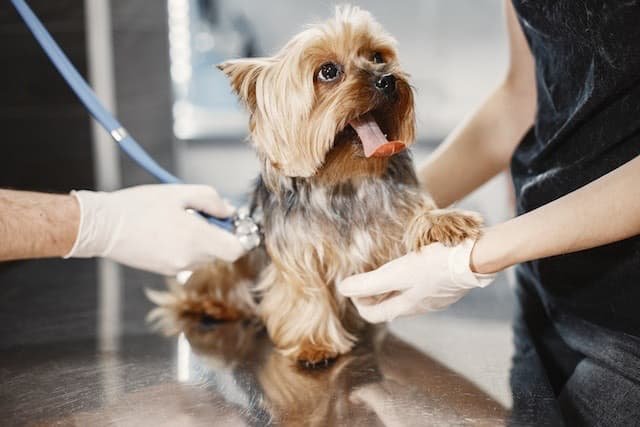TABLE OF CONTENTS
Hyperthermia
Hyperthermia results due to retention of excess heat as a consequence of disturbed thermo regulation and impeded heat elimination into the surrounding environment.
Hyperthermia, heat stroke, and fever are all different terms. Any increase in body temperature can be called hyperthermia, and an elevation of body temperature, especially when inflammation is accompanied by infection, is called fever. Exposure to high environmental temperatures resulting in shock is called heat stroke.
Hyperthermia is the term used to describe any elevation in case of body temperature above accepted reference values for that species. Hyperthermia is a result of loss of equilibrium in heat balance equation, such that heat is produced or stored. In the body at a rate is excess of heat lost through radiation, convection, or evaporation. Hyperthermia is not a result of the body attempting rise its temperature but is due to the physiologic, pathologic or pharmacologic intervention where heat gain exceeds heat loss.
Etiology
Hyperthermia (over heating) condition develops due to following reasons:
- High humidity of environment which limits heat loss
- Diminished air current which impairs cooling of body
- Inadequate sweating or no sweating
- Thick body coat of the animal
- Defects in thermoregulatory mechanism
- As a sequel to disease like FMD
Sequence of Hyperthermia
1st Stage
Adoptive reaction to dissipate heat. Dilatation of peripheral vessel – accelerated blood flow to peripheral organs – increased sweating – rapid respiration – loss of heat.
2nd Stage
Elevation of body temperature – excitement – restlessness – accelerated shallow respiration – accelerated heart beat – accelerated pulse rate – increased metabolism – increased nitrogenous wastes – convulsion and twitching of muscles.
3rd Stage
Excitement – diminished vital functions – shallow respiration – fall of BP – unconsciousness – clonic spasms – respiratory failure – death.
Treatment
- Large dose of crystalloid fluid infusion
- Oxygen therapy
- Surface cooling techniques- fan, water (preferably cool not cold), alcohol, ice packs placed over large vessels areas (neck, axillas and inguinal region), whole body ice-water baths
- Antipyretic drugs like NSAIDs (Meloxicam), Dipyrone, Aminopyrone, Dantrolen.
- Internal cooling techniques- cold/ice isotonic, poly-ionic crystalloids by intravenous/rectal/gastric lavage/peritoneal dialysis

